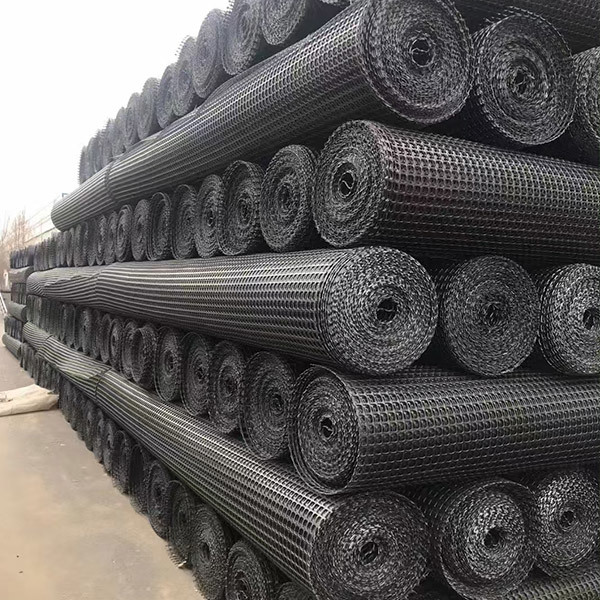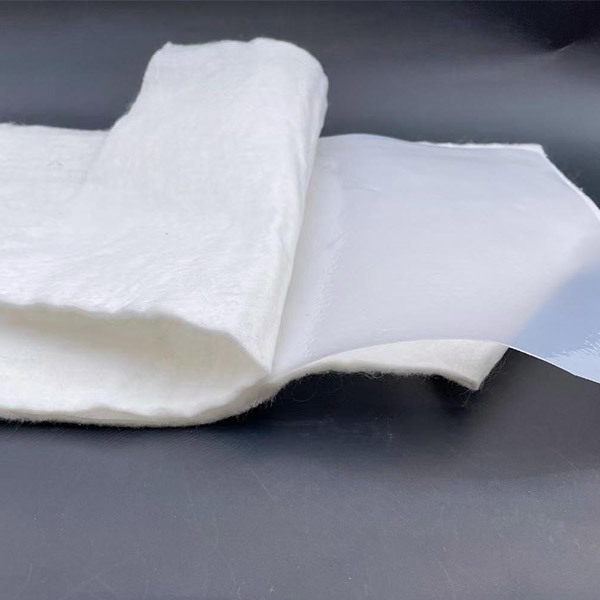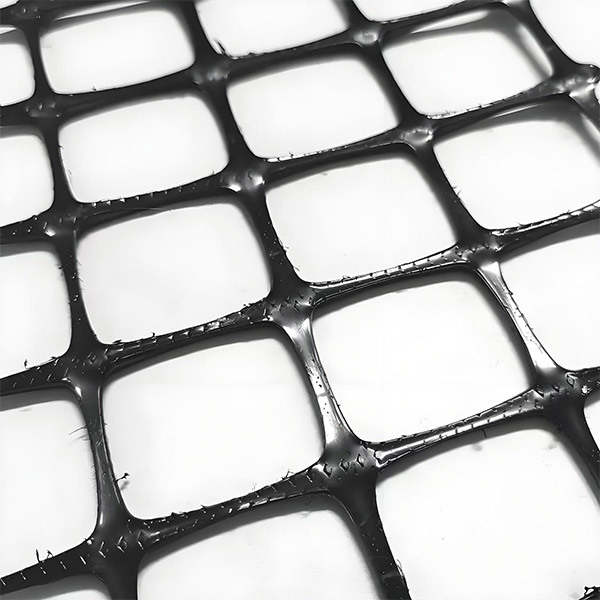Understanding Terpal HDPE Geomembrane: A Key Player in Construction and Waterproofing
Time:
Jun 07,2025
Terpal HDPE geomembrane is a critical component in the construction and landscaping sectors, particularly known for its impressive durability and versatility. Made from high-density polyethylene (HDPE), this geomembrane is designed to act as a barrier, effectively preventing liquid and gas migration. It is widely utilized in various applications such as landfills, ponds, and irrigation systems. O
Terpal HDPE geomembrane is a critical component in the construction and landscaping sectors, particularly known for its impressive durability and versatility. Made from high-density polyethylene (HDPE), this geomembrane is designed to act as a barrier, effectively preventing liquid and gas migration. It is widely utilized in various applications such as landfills, ponds, and irrigation systems.
One of the standout features of terpal HDPE geomembrane is its excellent resistance to environmental stressors. It can withstand extreme temperatures, UV radiation, and chemical exposure, making it ideal for use in harsh environments. This resilience ensures longevity, reducing the need for frequent replacements and repairs, which can be both time-consuming and costly.
In construction, terpal HDPE geomembrane serves a vital role in waterproofing and containment. When used in landfill construction, it prevents the leachate produced from waste materials from contaminating the surrounding soil and groundwater. This characteristic is paramount for maintaining environmental integrity and complying with regulatory standards.
Additionally, terpal HDPE geomembrane is frequently employed in the agricultural sector. It is used in various water management systems, including reservoirs and canals, to minimize water loss due to infiltration and evaporation. By creating a reliable barrier, it helps conserve valuable water resources and enhances irrigation efficiency.
The installation process of terpal HDPE geomembrane is relatively straightforward, allowing for efficient project execution. Its light weight and flexibility make it easier to handle and install compared to other materials. Moreover, the material can be welded together, creating seamless joints that enhance its overall performance.
Another significant advantage of terpal HDPE geomembrane is its cost-effectiveness. While initial material costs are a consideration, the long-term savings due to its durability and low maintenance requirements outweigh these initial expenses. This makes it a smart investment for contractors and project managers looking to optimize their budgets without sacrificing quality.
In summary, terpal HDPE geomembrane stands out as a reliable solution in the construction industry. Its durability, versatility, and environmental protection capabilities make it a preferred choice for projects requiring effective waterproofing and containment. By understanding the benefits and applications of this material, stakeholders can make informed decisions that enhance project outcomes and promote sustainability in construction practices.
One of the standout features of terpal HDPE geomembrane is its excellent resistance to environmental stressors. It can withstand extreme temperatures, UV radiation, and chemical exposure, making it ideal for use in harsh environments. This resilience ensures longevity, reducing the need for frequent replacements and repairs, which can be both time-consuming and costly.
In construction, terpal HDPE geomembrane serves a vital role in waterproofing and containment. When used in landfill construction, it prevents the leachate produced from waste materials from contaminating the surrounding soil and groundwater. This characteristic is paramount for maintaining environmental integrity and complying with regulatory standards.
Additionally, terpal HDPE geomembrane is frequently employed in the agricultural sector. It is used in various water management systems, including reservoirs and canals, to minimize water loss due to infiltration and evaporation. By creating a reliable barrier, it helps conserve valuable water resources and enhances irrigation efficiency.
The installation process of terpal HDPE geomembrane is relatively straightforward, allowing for efficient project execution. Its light weight and flexibility make it easier to handle and install compared to other materials. Moreover, the material can be welded together, creating seamless joints that enhance its overall performance.
Another significant advantage of terpal HDPE geomembrane is its cost-effectiveness. While initial material costs are a consideration, the long-term savings due to its durability and low maintenance requirements outweigh these initial expenses. This makes it a smart investment for contractors and project managers looking to optimize their budgets without sacrificing quality.
In summary, terpal HDPE geomembrane stands out as a reliable solution in the construction industry. Its durability, versatility, and environmental protection capabilities make it a preferred choice for projects requiring effective waterproofing and containment. By understanding the benefits and applications of this material, stakeholders can make informed decisions that enhance project outcomes and promote sustainability in construction practices.








